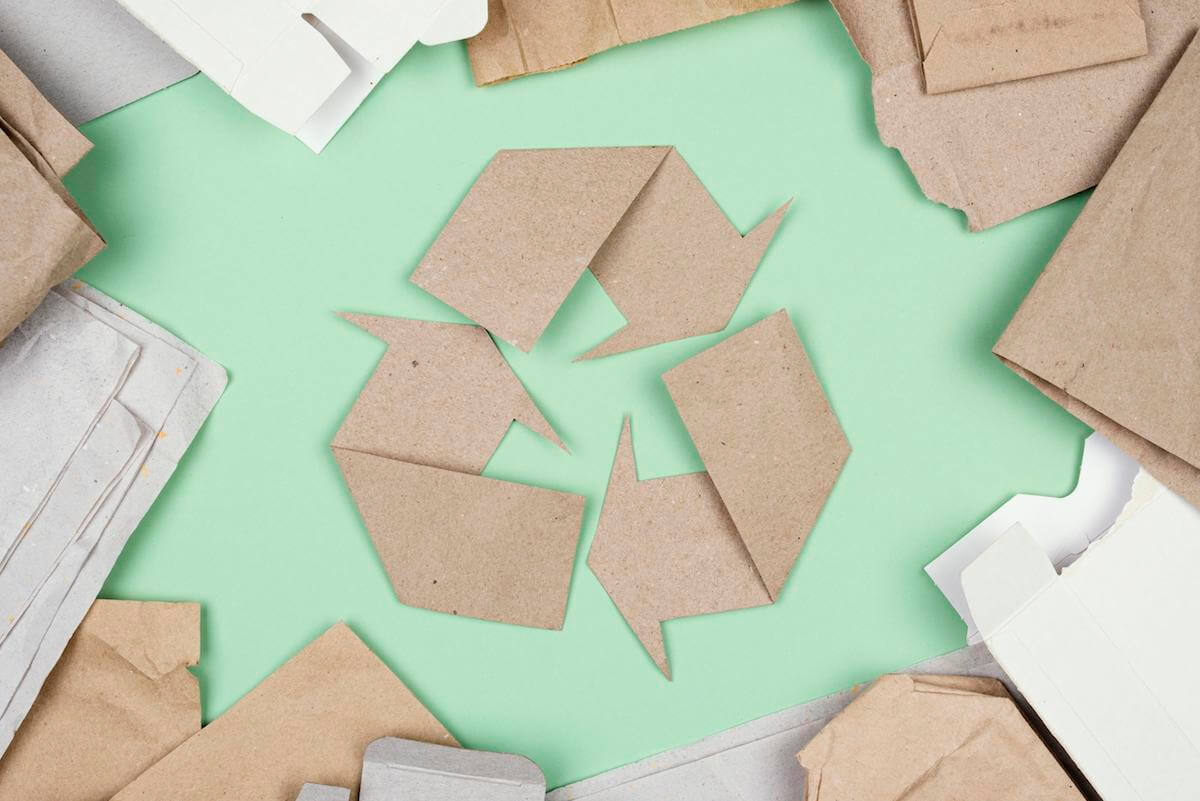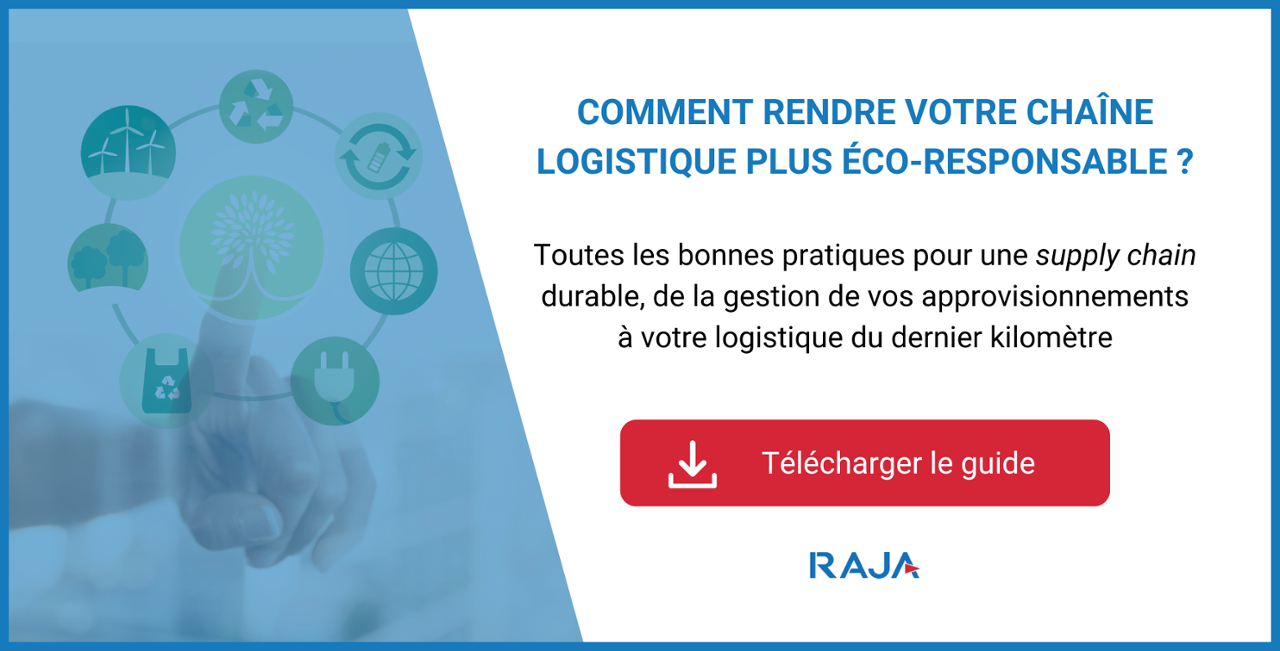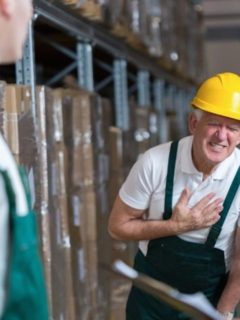Green logistics: this is a term that continues to loosen tongues in the logistics and supply chain sector. Today, consumers and employees alike are increasingly interested in limiting their impact on the environment: this is a strong lever for competitiveness. It goes without saying that you, as a logistician, are very interested in this.How can you go about it? What good practices should you put in place in your warehouse to be more respectful of the environment? Discover 5 good practices that will allow you to organise your warehouse logistics in a more eco-responsible way, without losing performance, reactivity or traceability.
Use an optimised storage method for picking
The first step in achieving a green supply chain is to optimise your storage method. In fact, a non-optimised storage system means non-optimised picking as well
- The turnover rate of your items: the more often they are picked, the closer they should be to the picking area
- The weight of your goods: the heavier they are, the lower they should be organised on your racks and shelves, to facilitate handling
depending on whether you store perishable or non-perishable products, whether they are highly seasonal or not, and according to the size of your warehouse, the storage methods for optimised picking will not be the same. Our article “Which storage method for optimised logistic picking” will help you find the one that corresponds to your company’s objectives. cta id=’524d79cc-08e8-4c26-9d37-f02ef134193a’]
Controlling energy consumption for green logistics
How to optimise the energy consumption of a logistic warehouse? This is a vast question that needs to be thought through on the overall scale of the building, taking into account the various crucial spaces where most of the waste occurs. Among these key spaces, and for green logistics, take the time to..
- Re-lamping the warehouse: by replacing your current bulbs with LEDs, which have a much longer lifespan and manufacturer’s warranty, you will save electricity in the long term, while ensuring that your employees are safe and comfortable to work in accordance with the standards recommended by the CHSCT.
- Provide renewable energy, especially for lighting and hot water supply in the warehouse locker rooms, by checking out the renewable energy schemes of operators, or consider installing wind or solar power on your estate.
- Install automatic doors, which only open when the operators pass through, in the areas most likely to be used by the warehouse, to limit heat loss to areas open to the outside.
three simple but effective levers for a more eco-responsible supply chain! Implementing
appropriate recycling processes
As the person in charge of logistics management, you are well aware that your warehouse generates waste flows on a daily basis. And their management plays a major role in your green logistics strategy! For several years now, French legislation has required companies to take responsibility for the management of the 5 waste flows that are..
- Paper and cardboard
- Metal
- Plastic
- Glass
- Wood
these 5 flows must be collected separately and then taken care of by a service provider responsible for their recovery. To implement green logistics, think about developing a real selective sorting process in the warehouse. Equip your work areas with the right equipment, which will help operators to sort waste in a simple and intuitive way. Think in particular about installing a waste sorting system in your..
- Clearly distinguishablecontainers or bins for the 5 waste streams
- Different coloured bin bags for different waste streams
- Recycling bags made of recycled material
| Good to know: To sort very specific waste streams, such as cups, bottles and cans, or printer cartridges, you can also use a turnkey solution, such as Recygo. |
but, beyond the layout of your warehouse, make sure you train and raise the awareness of all the logistics service providers involved in your company in this management of the 5 waste flows. The key to a truly green warehouse is to have logistics teams that are committed to respecting the environment! To go further in your thinking, don’t hesitate to consult our article dedicated to waste management in the warehouse.
Controlling your rejects and customer returns
If we often think about the impact of the transport of goods or waste on the environment in our logistics organisation, we often neglect the extent to which the rejects or customer returns can have a considerable influence on your eco-responsibility. Do you remember, a few years ago, when a French television channel exposed the way in which a giant e-commerce company was destroying its unsold goods and its customer returns ?


 au-delà du bad buzz potentiel que ce type de pratique peut générer autour de votre organisation logistique, celles-ci peuvent rapidement devenir une source de pollution très conséquente.
au-delà du bad buzz potentiel que ce type de pratique peut générer autour de votre organisation logistique, celles-ci peuvent rapidement devenir une source de pollution très conséquente.
Prenez donc soin de trouver, pour vos marchandises abîmées, des filières de revalorisation qui pourront les prendre en charge. Concernant vos stocks invendus, pourquoi ne pas créer des partenariats avec des associations qui sauront en faire bon usage ? Voilà de quoi nourrir votre stratégie de communication RSE, en plus d’améliorer l’éco-responsabilité de votre fonction logistique.
Déployer une stratégie d’emballage éco-responsable
Parmi les opérations logistiques à votre charge, la phase d’emballage peut représenter un levier intéressant, et simple à mettre en place, pour déployer une stratégie d’éco-responsabilité. Si vous ne vous êtes pas encore penché sur ce sujet, la méthode des 5R pourrait bien vous aider à trouver des emballages plus respectueux de la planète, ettoujours adapt r is for Renew. Among the current innovations in transport and logistics, packaging made from renewable natural materials is all the rage. Its advantage is that it reduces the impact of your global logistics on the environment, while protecting your goods as much as possible. Examples include biobased packaging and packaging made from recycled materials (recycled plastic, moulded pallets made from recycled wood, etc.).
r is for Renew. Among the current innovations in transport and logistics, packaging made from renewable natural materials is all the rage. Its advantage is that it reduces the impact of your global logistics on the environment, while protecting your goods as much as possible. Examples include biobased packaging and packaging made from recycled materials (recycled plastic, moulded pallets made from recycled wood, etc.). R is for Recycle. The last R in the method is well known: it invites logistics players to use recyclable packaging designed to be easily recycled at the end of its life cycle. Once again, there is a plethora of products available, and they are adapted to your needs
R is for Recycle. The last R in the method is well known: it invites logistics players to use recyclable packaging designed to be easily recycled at the end of its life cycle. Once again, there is a plethora of products available, and they are adapted to your needs
whether you work in a huge mass distribution warehouse or are a small e-tailer, you can see that there is no shortage of levers for making your logistics greener. As a logistics manager, your objective is toorganise your supply chain management by taking into account the environmental impact of your supply, order preparation and deliverymethods. It’s up to you to do this, without jeopardising the performance of your logistics flows!















